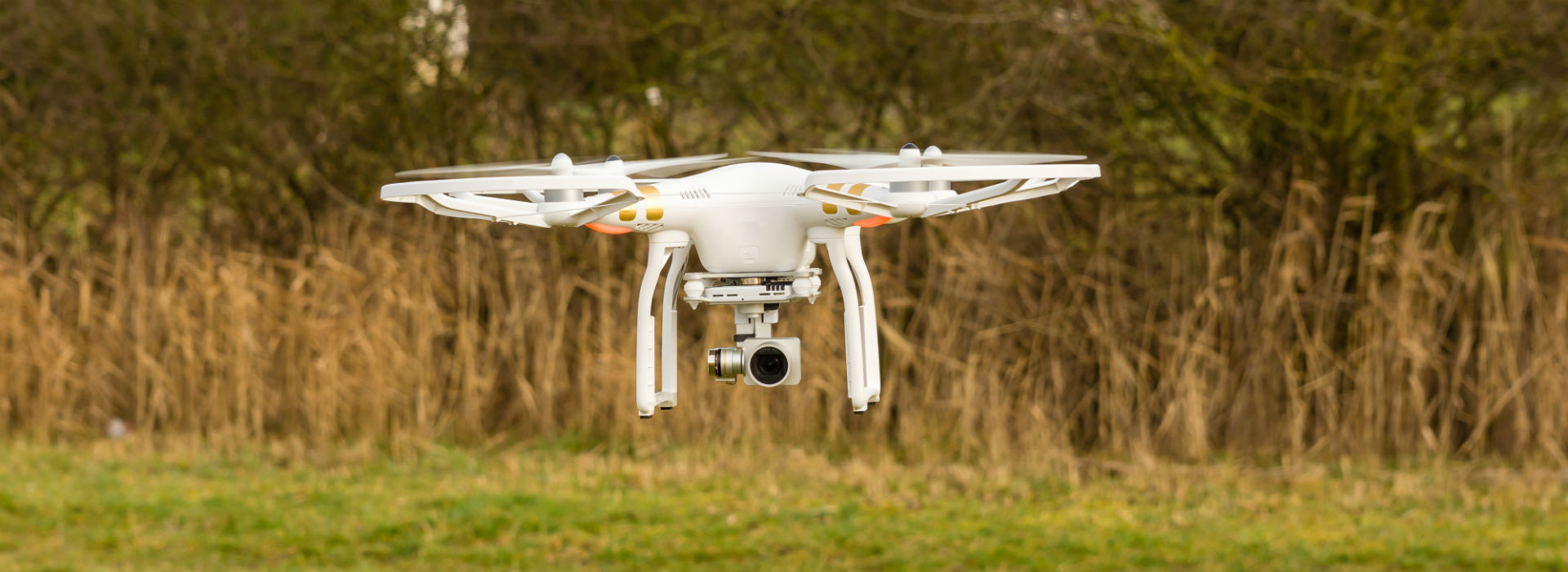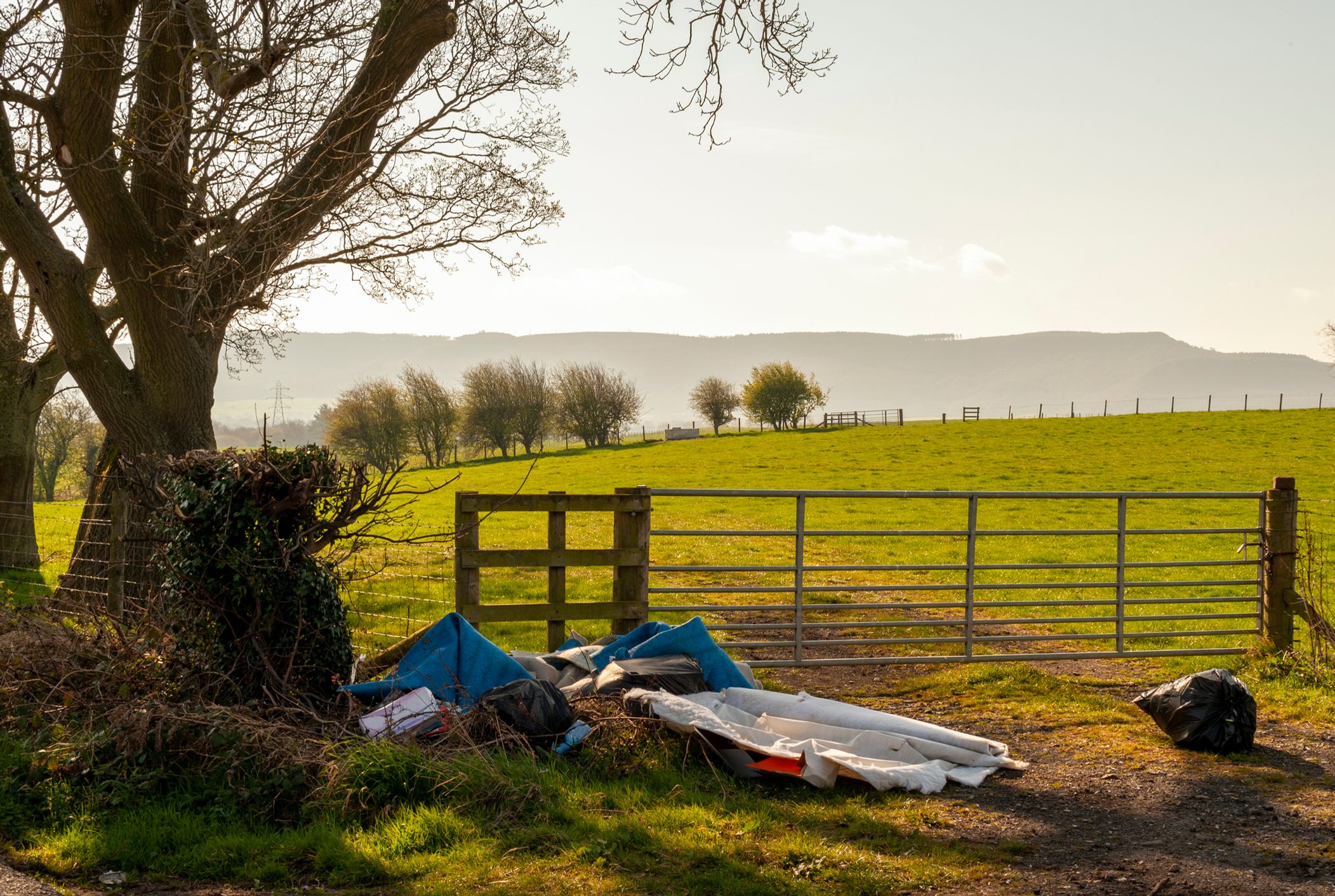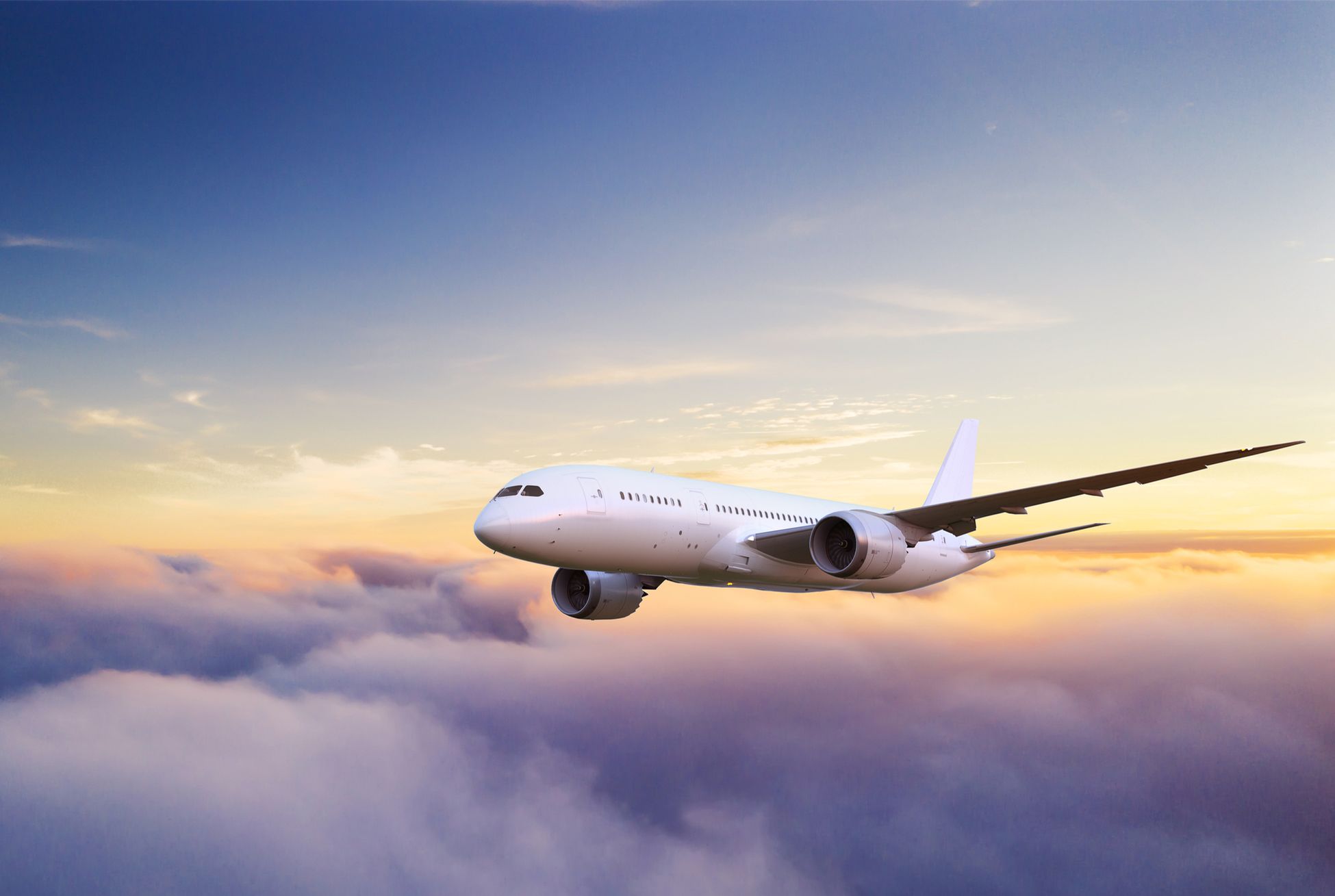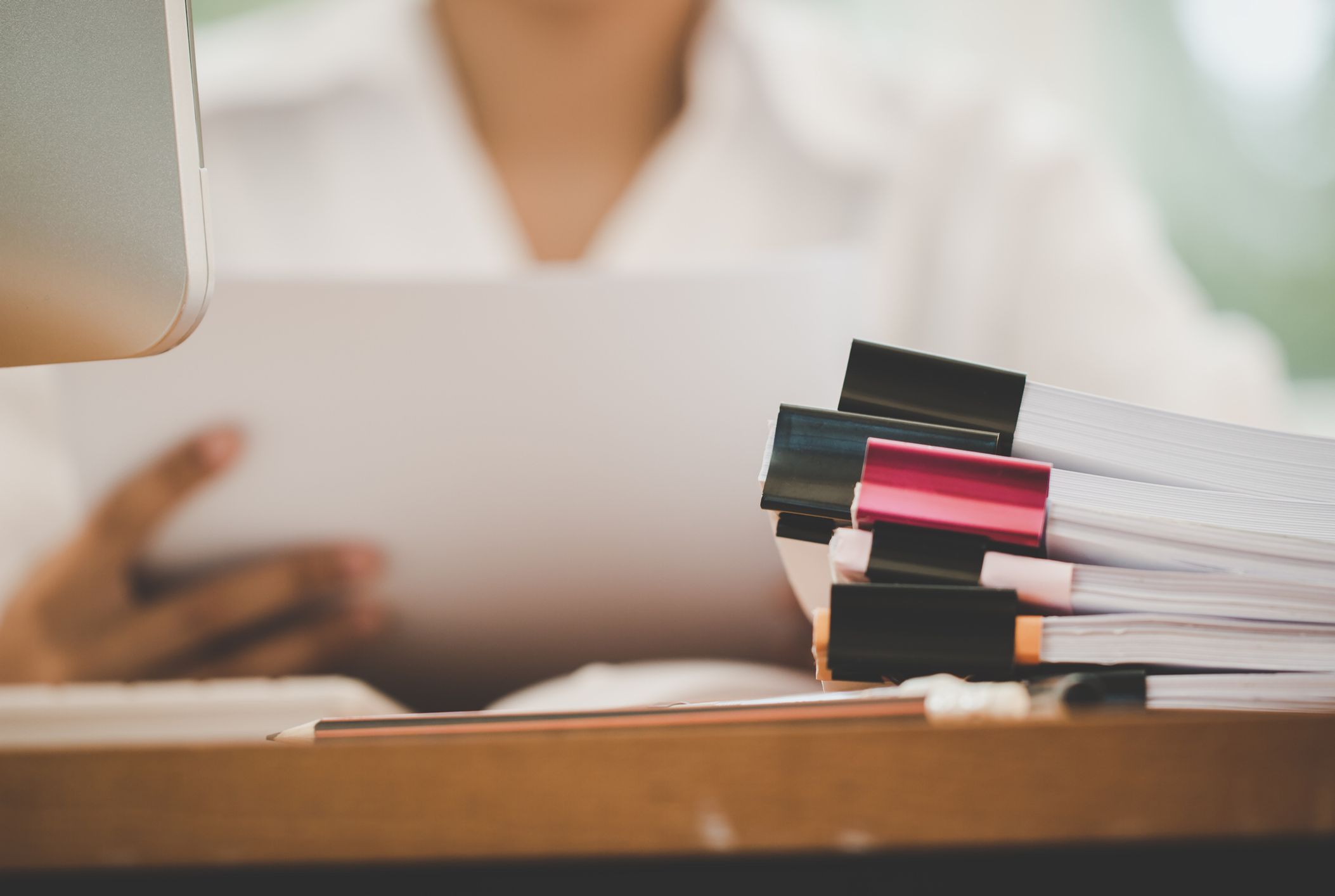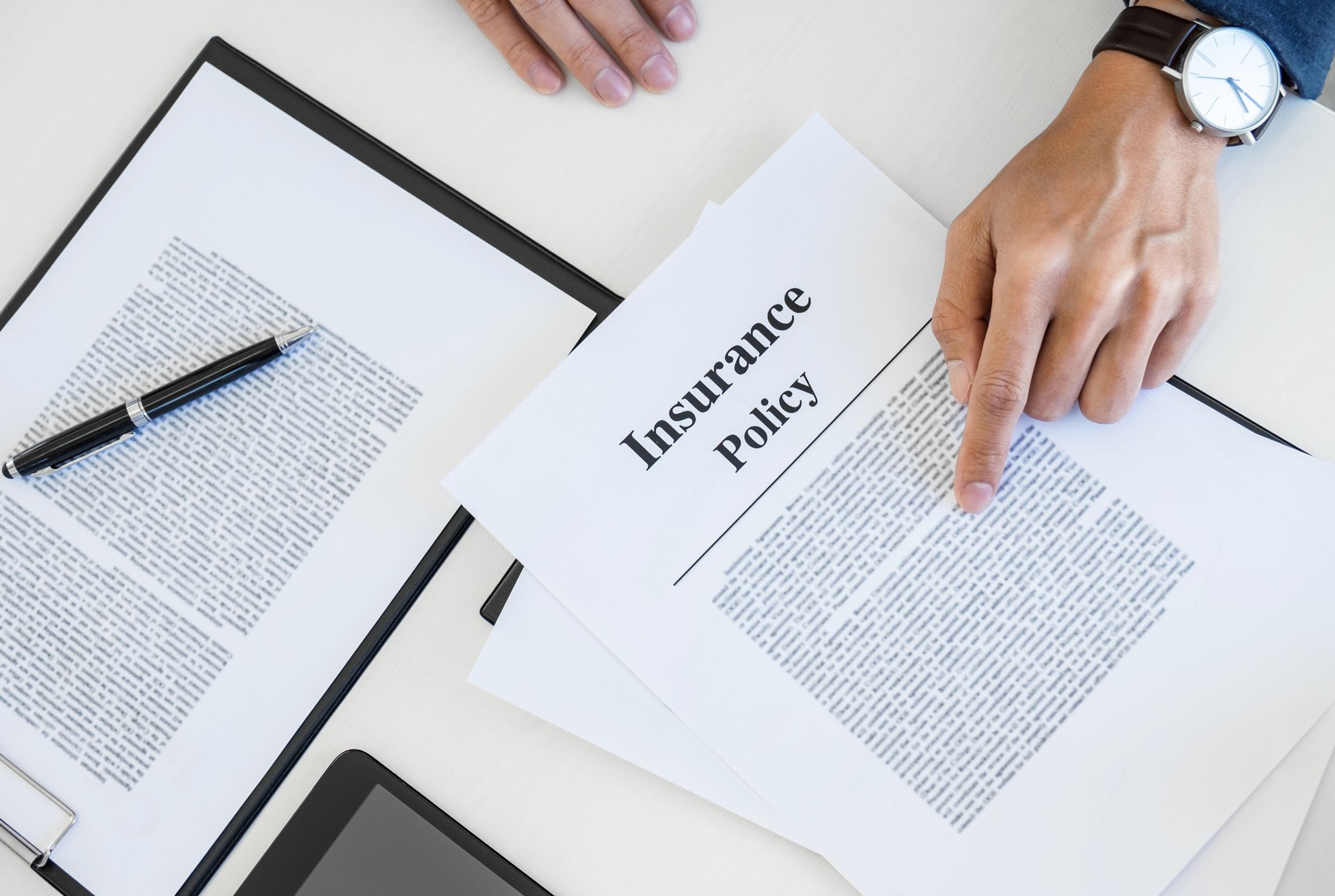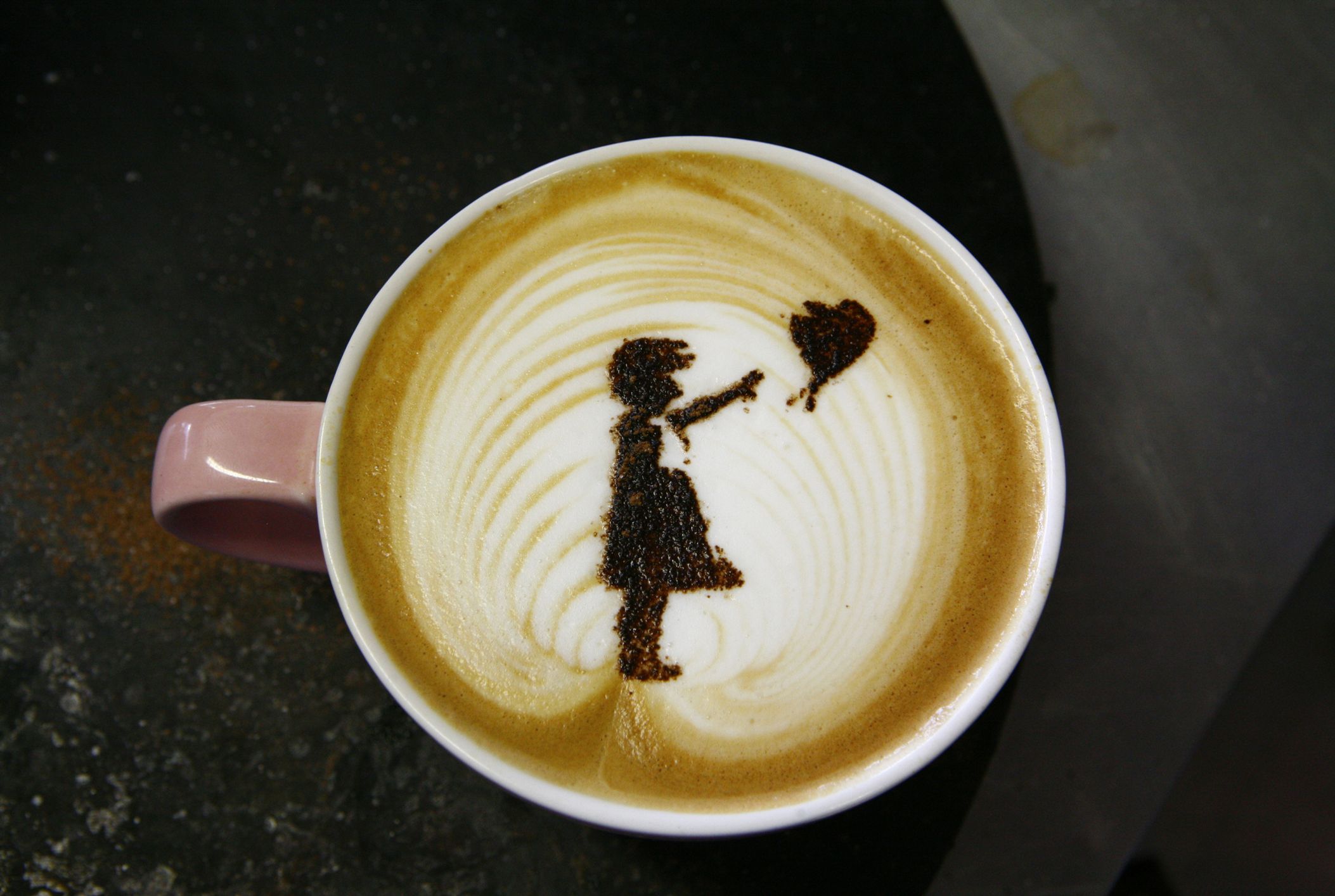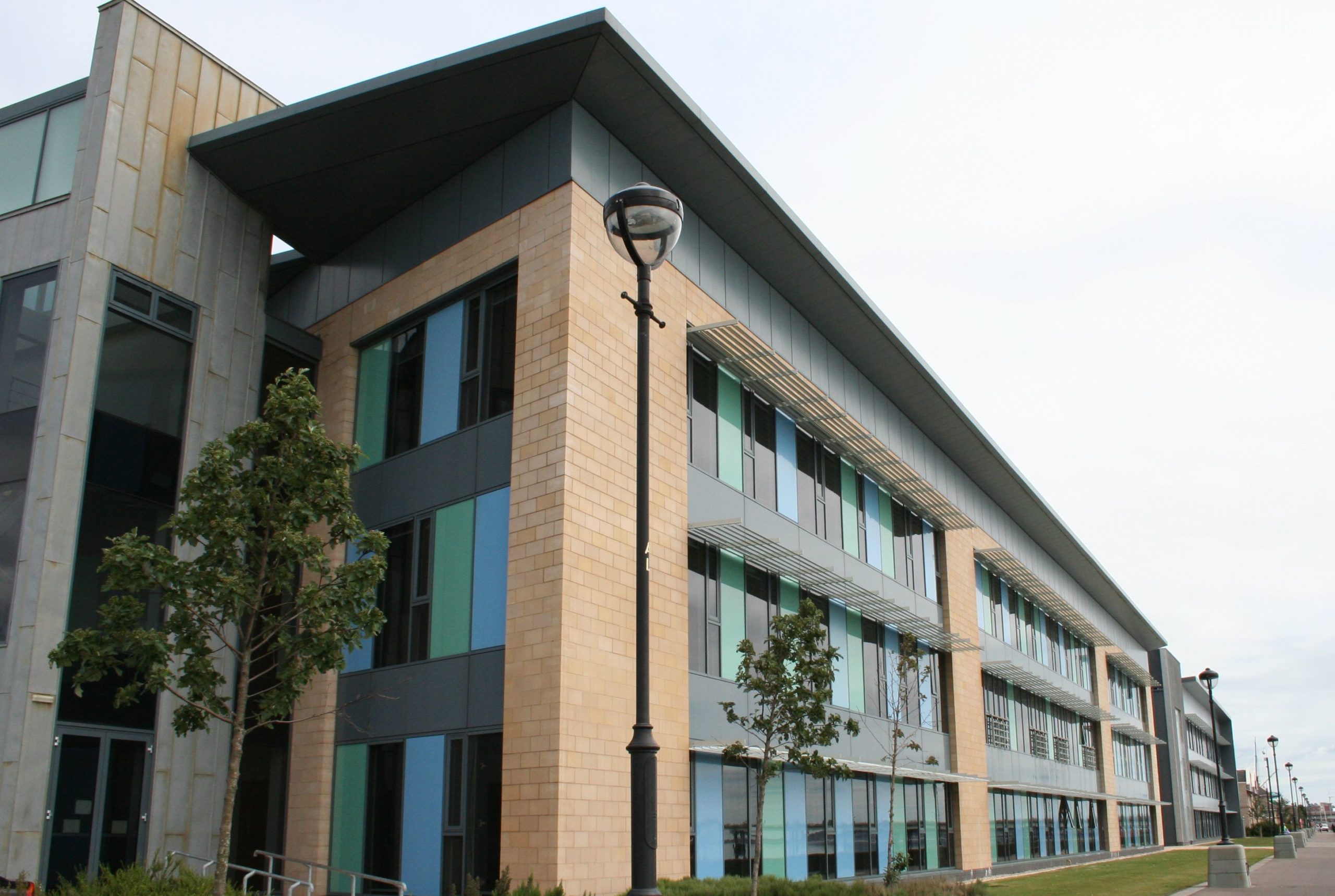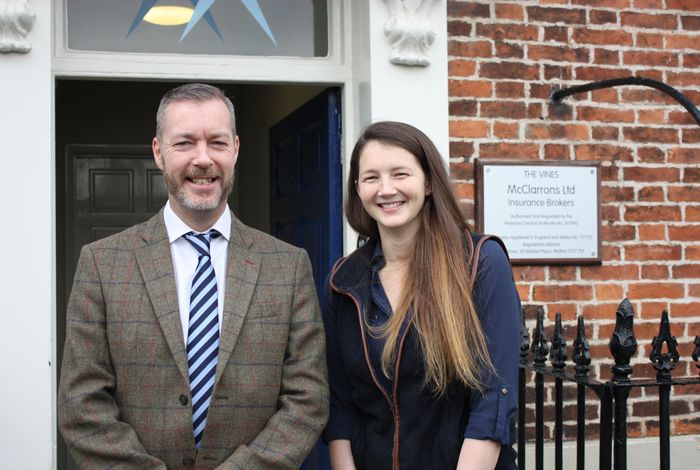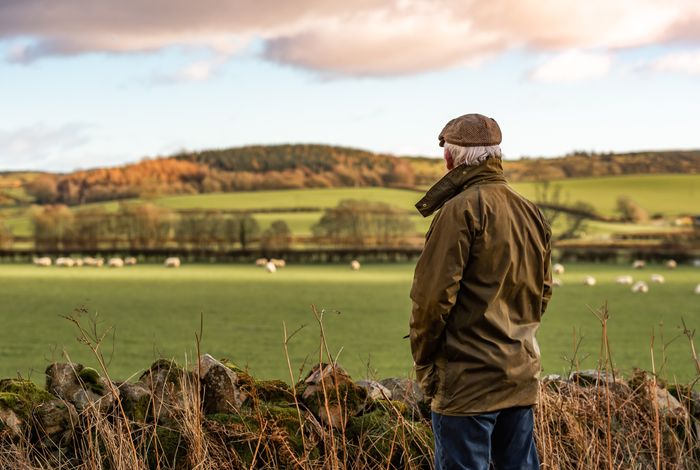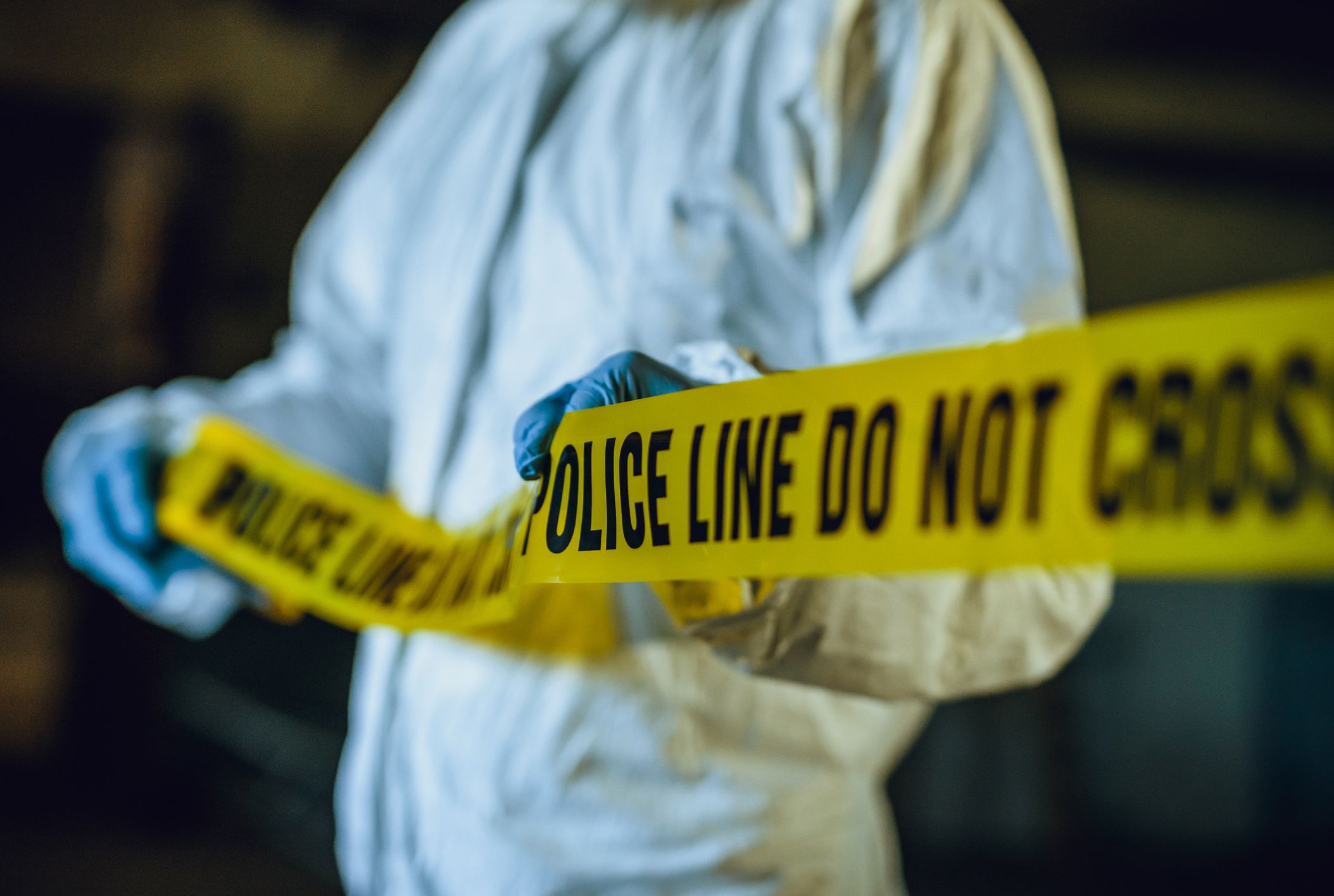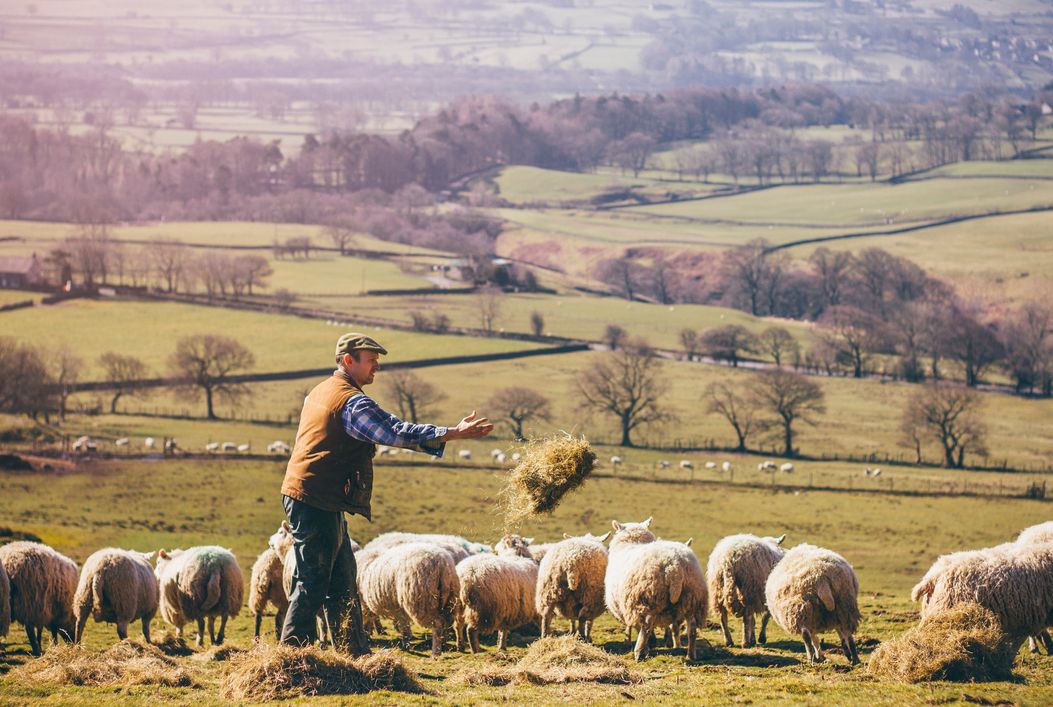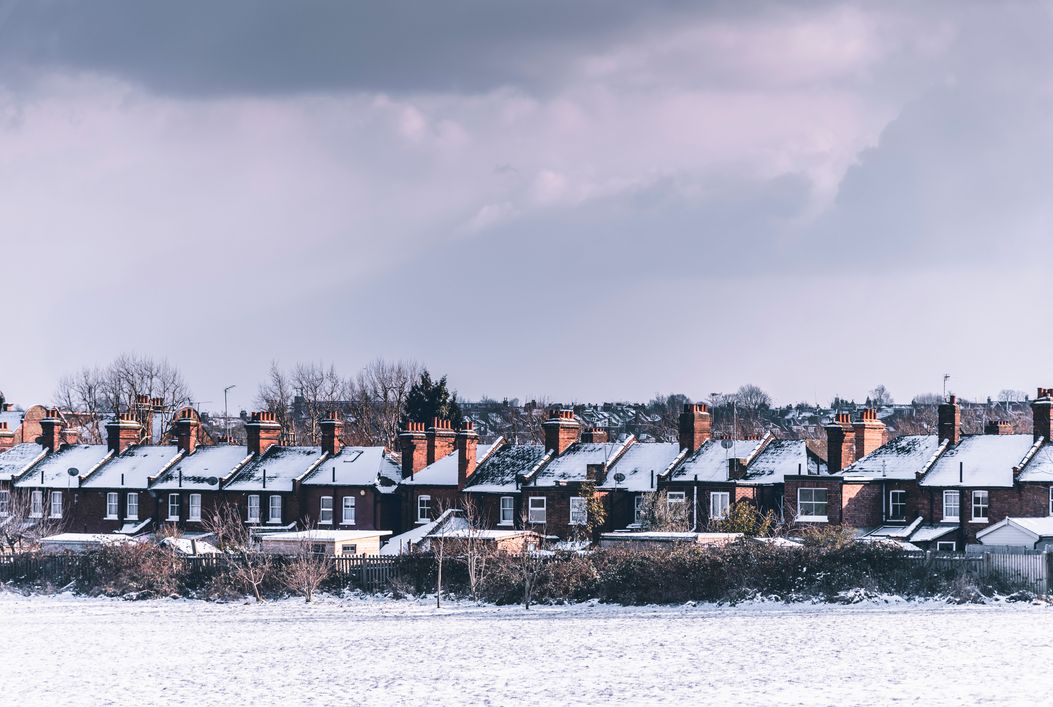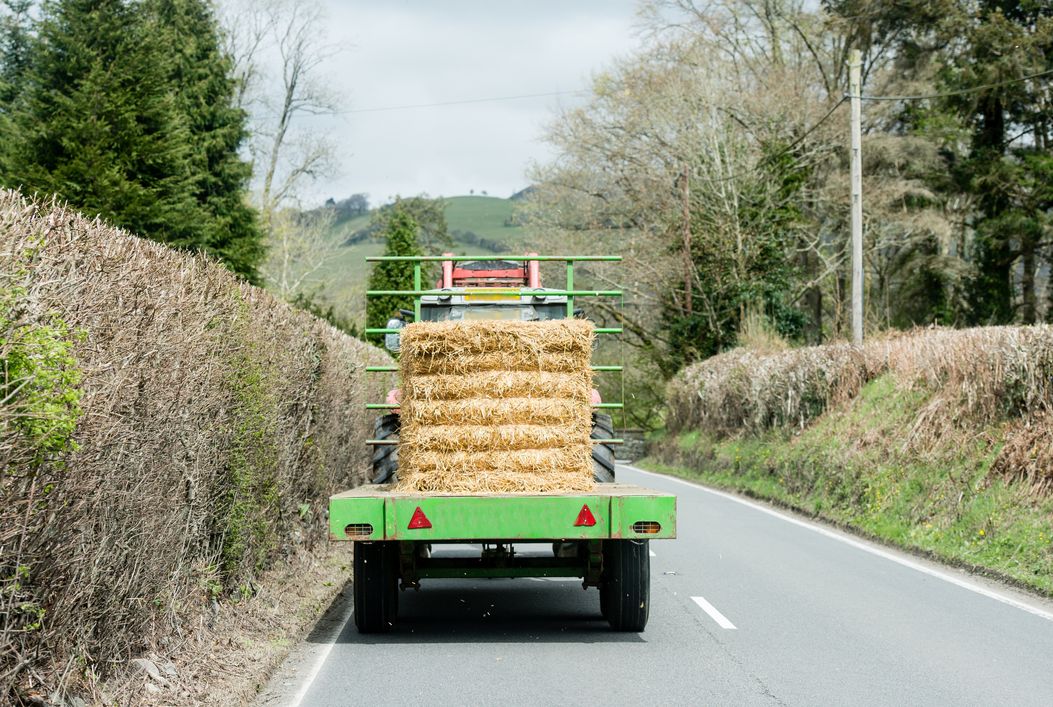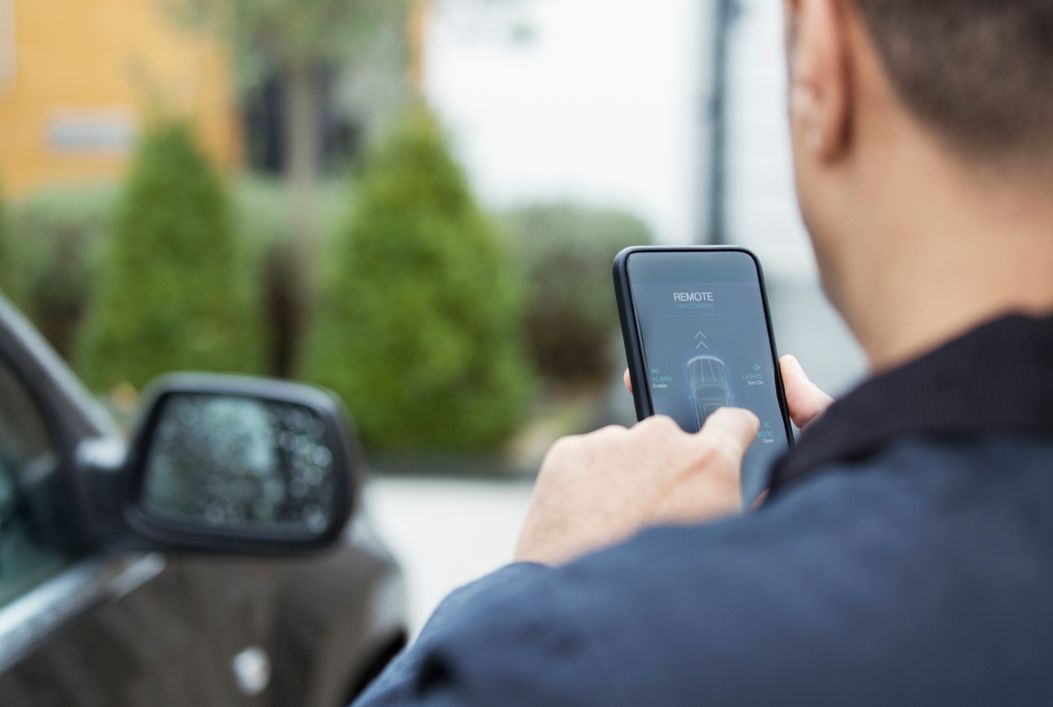There’s no doubt that the demands placed on farming businesses are almost incomparable with any industry. But could the same technology that’s revolutionising other labour-heavy sectors do the same for agriculture?
The perception of long hours, back-breaking work and unpredictable losses does nothing to endear young people into a career focussed on agriculture.
But a technological injection into the industry might not only boost the interest of school leavers, but the profit potential which many farmers have seen insecurely balanced for some years.
We’ve gone from hunter-gatherers, to ploughs and horses, to precision farming. Now is the time, experts predict, that farming is about to get smart. Harper Adams University and Precision Decision Ltd are already working on a GPS controlled “tractor” in their “Hands Free Hectare” project.
The team behind the project hope it will be the first in the world to manage crop from plant to harvest using only autonomous vehicles.
The idea behind it, explains Kit Franklin, who is an agricultural engineering lecturer at Harper Adams University and the project lead, is to free up farmer’s time and energy:
“I believe that farmers will be able to concentrate on agronomic and business decisions, whilst overseeing and managing a number of smaller automated machines; instead of sitting in a large tractor with 300 plus horsepower driving up and down the field.” He said.
“In order to achieve this, there’ll be a vast opportunity for careers in the agricultural engineering sector which will be very rewarding and exciting. Those people will be changing agricultural machinery as we currently know it.”
The promotion of such opportunity will present another challenge for the rural and agricultural specialist University, which has seen a dip in students in the 18-25 age range overall, but an increase in those from a non-farming background.
With farmers taken away from monotonous, time consuming harvest tasks with the help of autonomous tractors, what other possibilities does technology have in store for agricultural industry?
Drones
This method of crop mapping is becoming more popular due to their affordability and effectiveness. Drones can tell a farmer which areas are ripe for harvest, identify parasite outbreaks and see if certain patches are in need of more attention, delivering geo-tagged data straight back to a computer or device.
Apps
Herdwatch is designed to take the edge off compliance inspections and save farmers hours a week by allowing them to record events, medicines administered and other necessary information to achieve Quality Assurance without the paperwork.
Sensors
The Moocall Calving sensor attaches to the tail of a cow or heifer to predict when they’re most likely to calve by measuring tail movement patterns. The device, which is adjustable to fit any breed, sends a text message an hour before the anticipated arrival, gauged by a certain level of intensity over a given period.
Spend vs. return
A technological restructure of farming processes is not going to be cheap. One Moocall calving sensor costs £239, but once it’s designated cow has calved, it can be used on the next expectant animal. As Moocall’s website duly notes, “Save one calf and it pays for itself”.
The sheer bulk of a tractor crushes soil, needs a lot of fuel, and can’t offer great precision in the application of expensive fertilisers due to its size. GPS controlled tractors, such as that which is being trialled in the field outside Harper Adams, aims to combat all of these issues with a lighter, more streamlined design, reducing fuel and fertilisers costs and increasing yield.
Farmers of the future
The Bright Crop Initiative, which was launched to encourage young talent to the agricultural sector, hopes to see farming make an entrance into the top 20 of desirable careers.
In the meantime, experts are in agreement that if those currently occupied with farming want to reap the rewards that technology can offer their business, the time has come to embed essential new skills into their repertoire.
Insurance implications
Sums insured limits will need to be adjusted to accommodate new expensive technology, and policyholders may have to take extra security measures around equipment.
For instance, a Moocall cow sensor may not be covered by insurance while it’s in use in the field, and drones must comply with airspace rules so as not to invalidate public liability responsibilities.
If a drone veers off course and causes damage to someone’s property or worse, an accident, the operator may not be covered.
New complex risks can be difficult to work around without prior knowledge and experience, which is why the team at McClarrons are always here to help.
If you’re thinking of taking new technology and equipment on board, speak to us about how this may affect your insurance, and how it can be covered.

